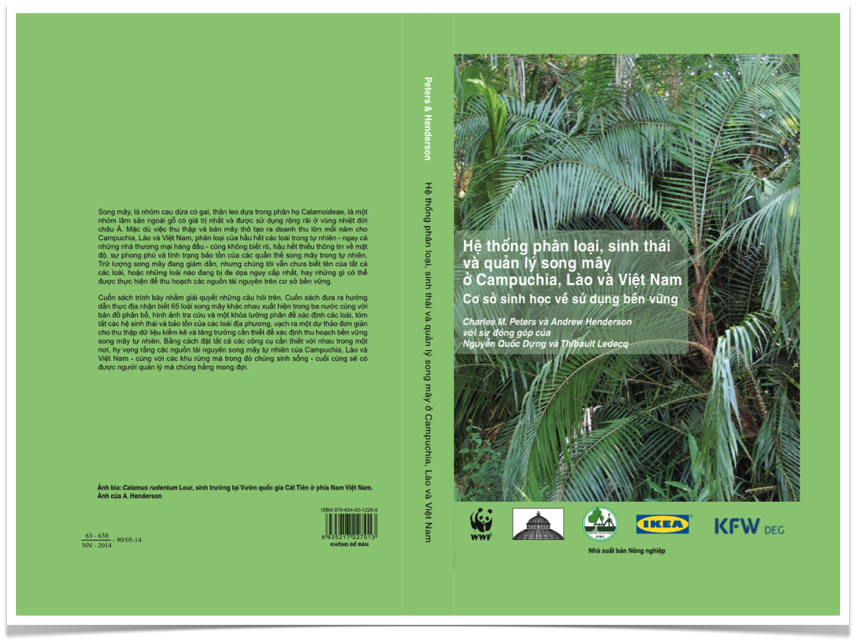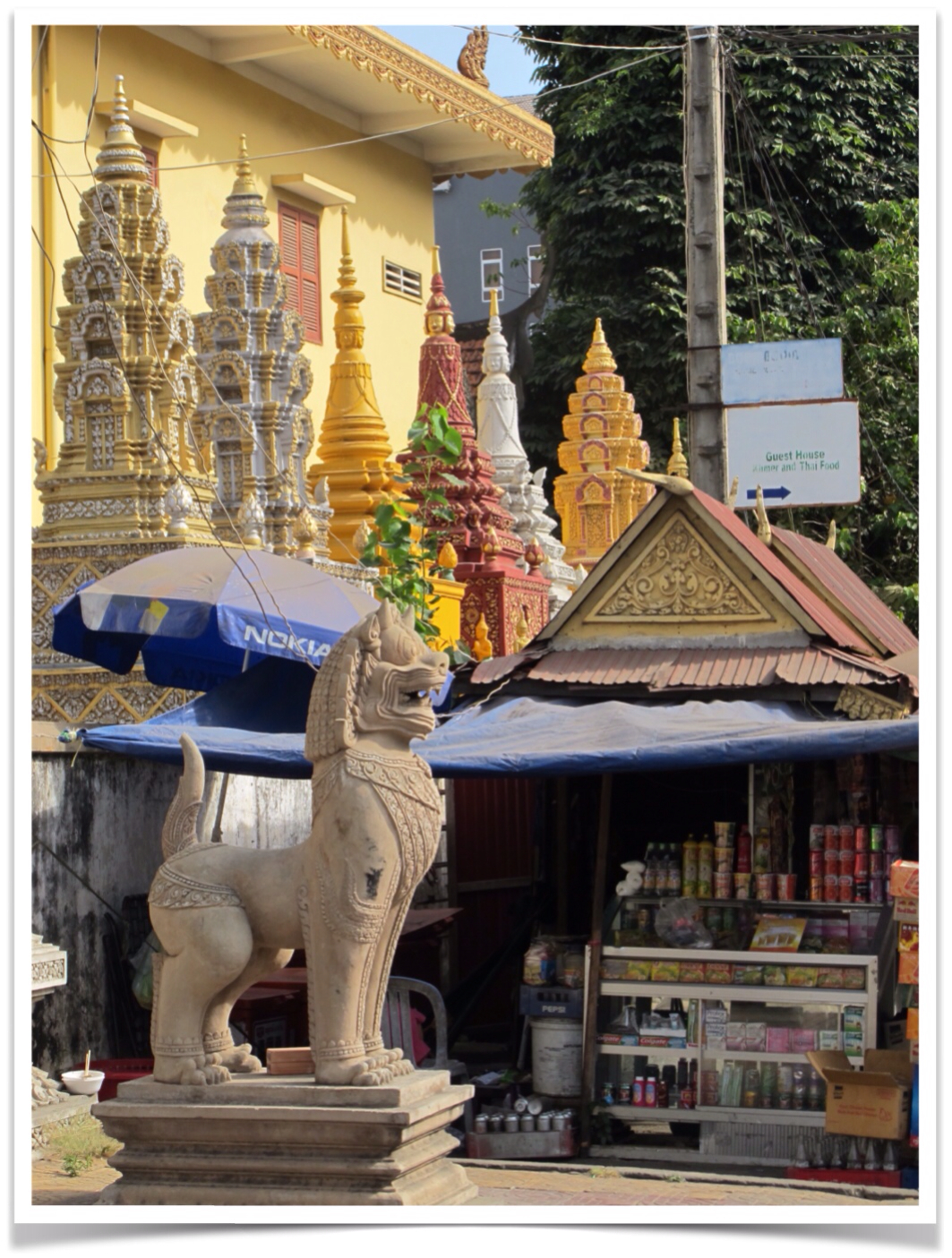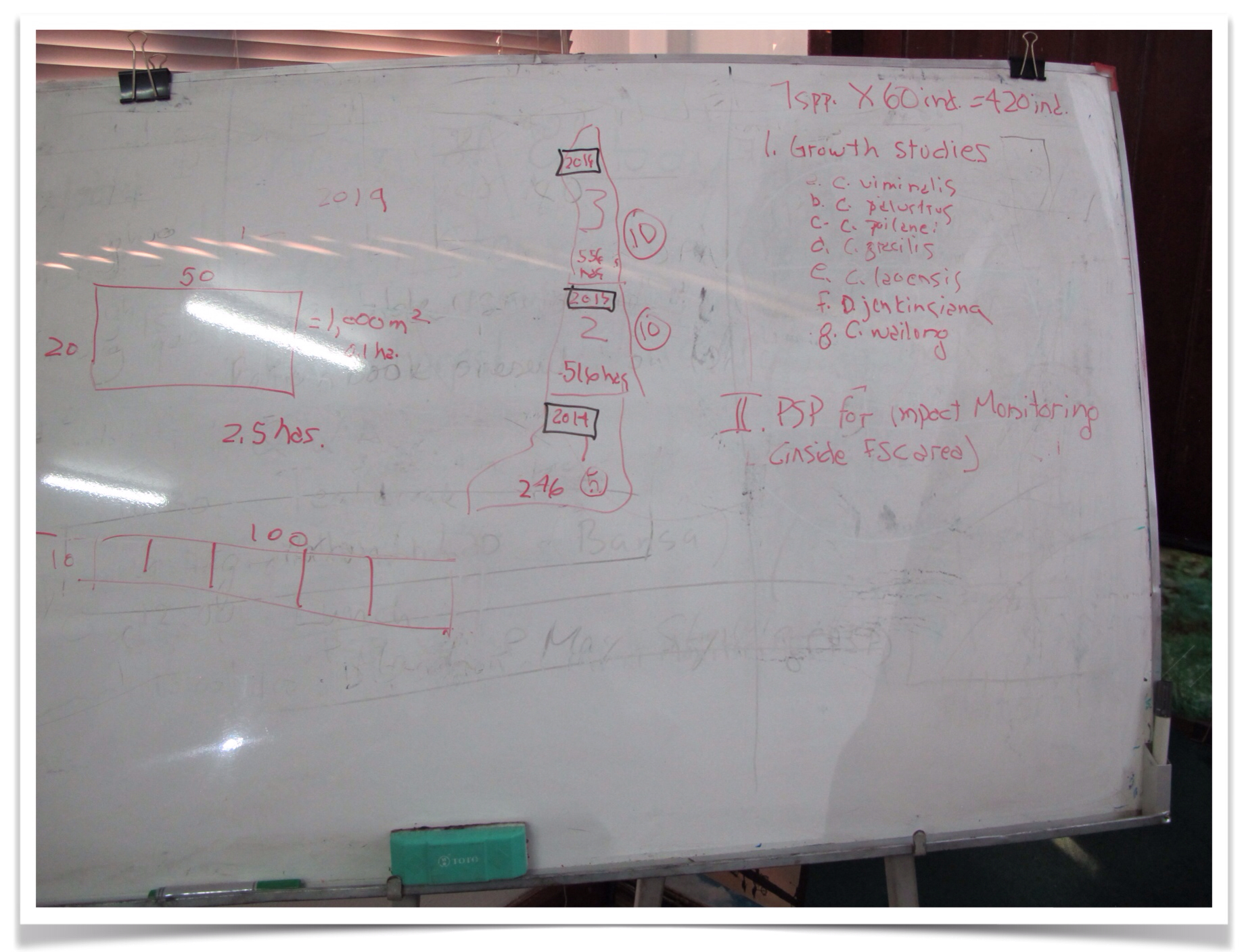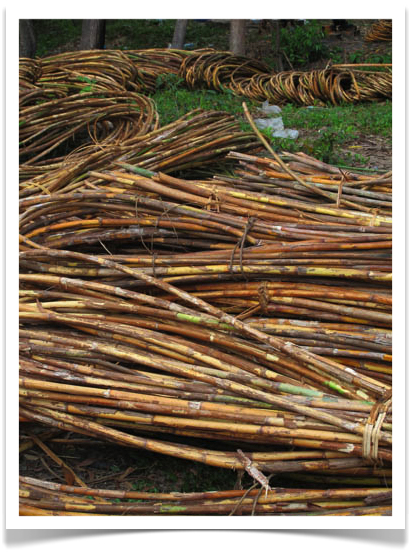Rattan Growth in Northern Myanmar
 Thursday, November 30, 2017 at 11:18AM
Thursday, November 30, 2017 at 11:18AM 
Have recently returned from Sagaing Region, Myanmar where I re-measured 120 rattan plants that I had marked the year before to determine their annual growth. Image above shows Su Pan (left, WCS Research Assistant) and Kyaw Zin Aung (right, Ranger, Myanmar Forest Department) stretching a tape to see how much the yamahta kyein (Calamus palustris) individual had grown [NOTE: The white paint mark on the stem above and to the right of Kyaw Zin Aung's hand was the location of the last leaf in 2016].
The results from this fieldwork for yamahta kyein are shown below. There appears to be a good relationship between size and growth rate for this species, i.e. taller canes usually have access to higher light levels, and some of the larger canes grow almost 2.0 meters/year. As far as I know, these are the first quantitative data on rattan growth from Myanmar. This is the type of information that is needed to define a sustainable harvest of wild rattan populations (see Growth Data for Wild Rattans).










